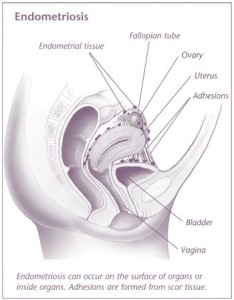Understanding Your Options
Pain in the pelvic area that lasts for 6 months or longer is called chronic pelvic pain. An estimated 15–20% of women aged 18–50 years have chronic pelvic pain that has lasted for more than 1 year.
Chronic pelvic pain in women can disrupt work, physical activity, sexual relations, sleep, or family life. It also can affect a woman’s mental and physical health.
Pelvic pain can have many causes and often is hard to diagnose. It can be caused by a variety of conditions. Some of these conditions may not be related to the reproductive organs but to the urinary tract or bowel. Some women have more than one condition that might be the cause of their pain. For some women with chronic pelvic pain, no cause is found. Not finding a cause does not mean that the pain is not real. Experts agree that with pelvic pain, it is not always possible to pinpoint a specific cause. Endometriosis, fibroids, pelvic inflammatory disease, bowel and bladder conditions, and muscular and skeletal problems may all cause pelvic pain.
 Endometriosis
Endometriosis
Endometriosis is a condition in which the type of tissue that forms the lining of the uterus (the endometrium) is found outside the uterus. It occurs in about one in ten women of reproductive age. Many women with endometriosis have no symptoms or only mild discomfort. Others have Endometriosis pain that is so severe that it prevents them from doing their normal activities. Endometriosis also is a leading cause of infertility.
Chronic pelvic pain that is caused by a specific condition is treated with medication or surgery. Conservative treatment should be attempted first by using a hormonal agent, if no contraindications to these medications exist. Birth control pills, the birth control implant, the birth control injection, or the hormonal intrauterine device (IUD) may be prescribed for treatment of painful periods and endometriosis. Drugs that stop hormone release also may be used to treat endometriosis. Non-steroidal anti-inflammatory medications are given as well to control pain and inflammation. Rarely, narcotic pain medications are needed and patients may be referred to a pain management provider. Some research suggests that antidepressants may be helpful in the treatment of chronic pelvic pain.
For some problems, surgery may be done if medications do not work. Fibroids and cysts can be removed surgically. Endometriosis tissue also can be removed with a special type of laparoscopic surgery. Hysterectomy may be an option.
Laparoscopic (or Robotic-Assisted) Excision of Endometriosis
Laparoscopy, considered the gold standard for diagnosis of endometriosis, is also recognized as subsequent management when conservative therapy fails. Laparoscopic excision or laser ablation of endometriosis is the recommended approach if the patient wishes to preserve her fertility/pregnancy potential.
If pelvic adhesions are severe and involve or invade the bowel and/or bladder, additional concomitant procedures may be required. Sometimes assistance from a urologist or colorectal surgeon is requested.
(Please also see: Robotic-Assisted Resection of Endometriosis under Robotic Surgery )
Laparoscopic (or Robotic-Assisted) Hysterectomy
This option is offered as a last resort for treatment of chronic pelvic pain, or for patients who desire definitive management of pelvic pain due to endometriosis. This may be performed with or without removal of the ovaries and Fallopian tubes.
(Please also see: Robotic-Assisted Hysterectomy under Robotic Surgery )











